Description
DPA 4011 Cardioid Microphone
Make it sound like the original
- Ultra-compact spot or hanging mic
- Close-miking
- Great for high sound pressure levels
- Accurate sound
- Colorless sound
- Modular flexibility
The DPA 4011 Cardioid Microphone is renowned in recording studios and live applications around the world as an exceptional mic. State-of-the-art components have been carefully selected to provide optimal neutrality, accuracy, and extremely low distortion.
Combine it with the preamp of your choice with all of our modular pencil microphones, you can combine the Cardioid Mic Capsule with any of our preamps.The MMP-A Microphone Preamp is an ultra-transparent, transformerless preamp with an active drive for impedance balancing. The MMP-C Compact Microphone Preamp is an ultra-compact preamp with an active drive for impedance balancing. It has a slightly softer character than the other preamps for our pencil microphones.
Other preamps include the very small form factor types MMP-E Modular Active Cable (XLR output) and MMP-G Modular Active Cable (MicroDot output), allowing for very slim set-ups. The MMP-G even allows you to match a larger microphone directly to a wireless transmitter.
4011A Cardioid Mic
This condenser microphone is renowned in recording studios and live applications around the world as an exceptional mic. State-of-the-art components have been carefully selected to provide optimal neutrality, accuracy, and extremely low distortion. It is equally suitable for close-up work on acoustic guitar, grand piano, overheads, percussion, wind instruments, and vocals as it is for spot-miking symphonies. It can handle incredibly high sound levels and even includes a 20 dB pad switch in the center of the XLR connector to attenuate the output of the microphone.
The 4011A Cardioid Mic is also available as a matched stereo pair.
4011C Compact Cardioid Mic
This mic is the worldwide reference standard for extreme sound level handling. Designed to be hidden from view, the diminutive design and high performance of the 4011C Compact Cardioid Mic make it the outstanding choice for unobtrusively making all types of television, film, theatre, concert, and studio performances.
When used to spot-mike larger orchestras, these mics are hard to beat. Capable of handling high SPLs without distortion, the mic is perfectly tailored for close-miking applications; minimizing bleed from other instruments. In film and TV studios, they are excellent for off-camera voice recording or Foley work. For live on-camera recordings, their matte black finish gives them a classic yet inconspicuous appearance, while for sound reinforcement in concert halls, theatres, and houses of worship, they provide clean, natural sound while reducing the noticeable effect of lighting reflection.
4011E Cardioid Mic
Ideal for unobtrusive spot miking, such as hanging or table use, this mic is an ultra-compact cardioid microphone. The mic has a length of only 3.5 cm (1.4 in) and a low-key appearance.
This solution features an integrated cable solution with either side (4011ES) or rear (4011ER) cable entry. This allows the mic to be hung from the ceiling and create precise and repeatable positions and angles when spot-miking orchestra sections or ambient atmospheres.
The 4011ES replaces the non-modular legacy 4021 Compact Cardioid Condenser Mic and the 4011ER replaces the non-modular legacy 4022 Compact Cardioid Condenser Mic.
A bit about cardioids
Named for its “heart-shaped” polar pattern, a cardioid (or directional) microphone has the most sensitivity at the front and is least sensitive from the sides and at the back. They come in many variations – with wider or narrower angles of sensitivity (supercardioid, hypercardioid, wide cardioid, etc.). Although cardioids also pick up sound coming in from the sides, this off-axis sound will normally be more or less colored and damped. The unique DPA capsule technique, however, skips the colorization of the sound coming from the sides or the rear of the mic and just reduces the sensitivity to these angles and thereby offering perfect sound stages. The amount of damping depends on the exact specifications of the mic.
A cardioid microphone is, by definition, damped -6 dB at the 90°side entry of the microphone but for many, the word cardioid generally covers mics with a directional pattern versus omnis, which pick up sound from all directions.
Due to their nature, directional mics are often used on the live stage – both during concerts as well as spoken-word events, to capture the focused sound of an instrument or voice. The narrow angle of sensitivity helps to minimize the bleed from other sounds on a busy stage. One thing to note with cardioid mics is the proximity effect, which causes an increase in bass response the closer the microphone is moved to the sound source. Therefore, when judging mic specs you should always look for a statement stating the distance at which the flat frequency response has been measured. In addition, cardioid mics are far more sensitive to wind, pop, and handling noises than omni mics, so be sure to take precautions to guard against this.
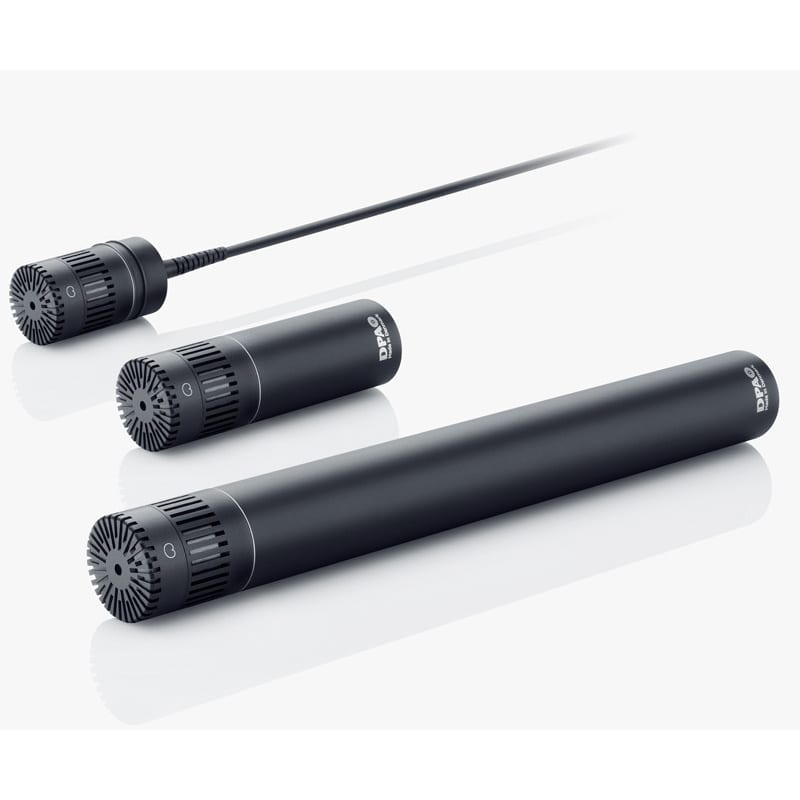
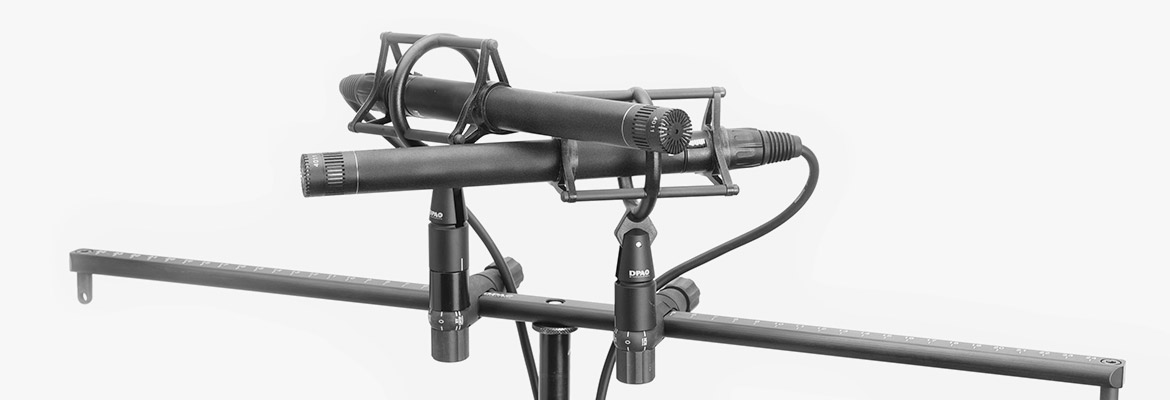




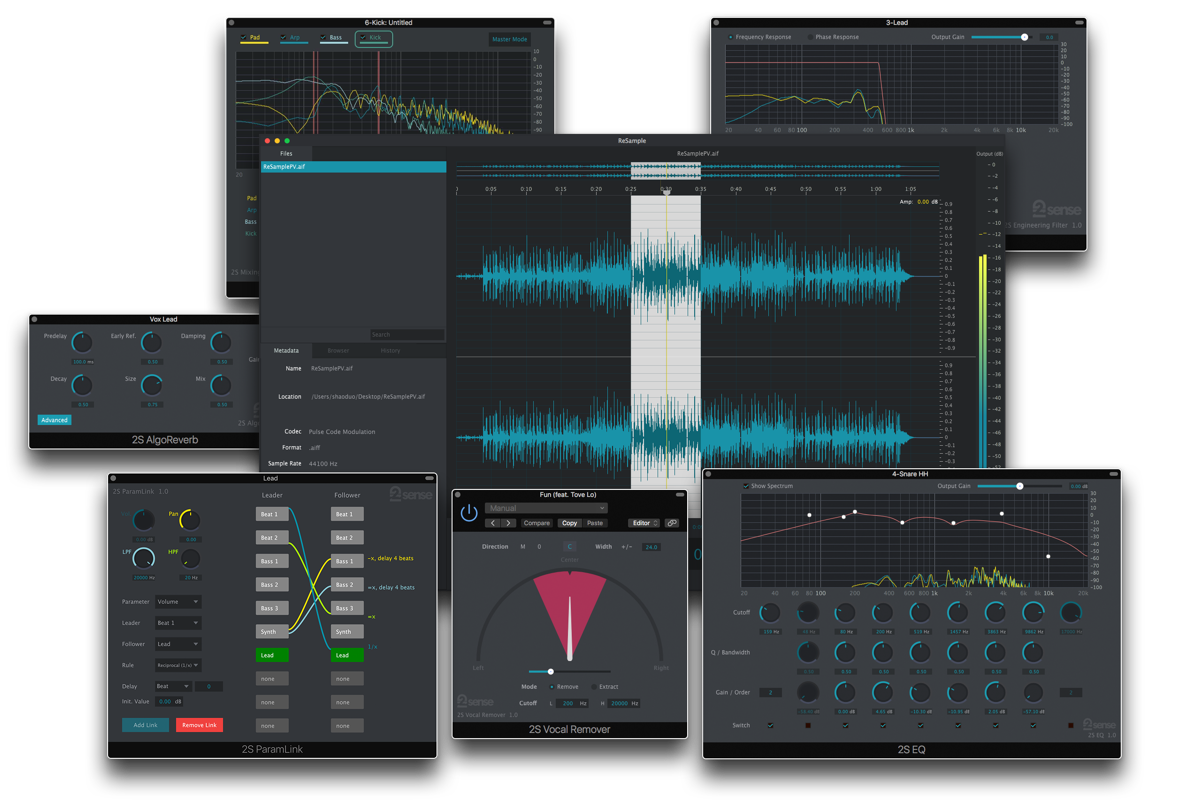
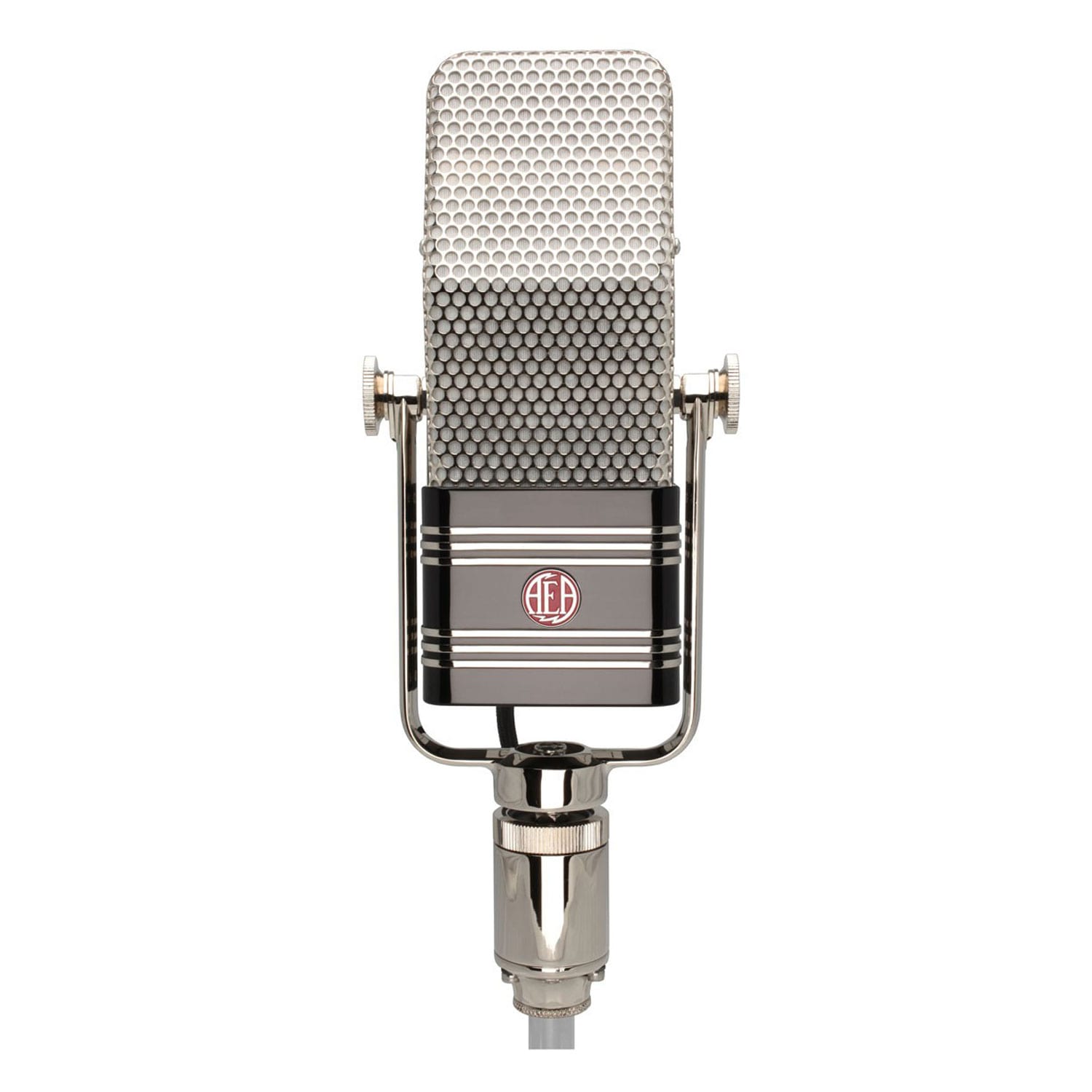

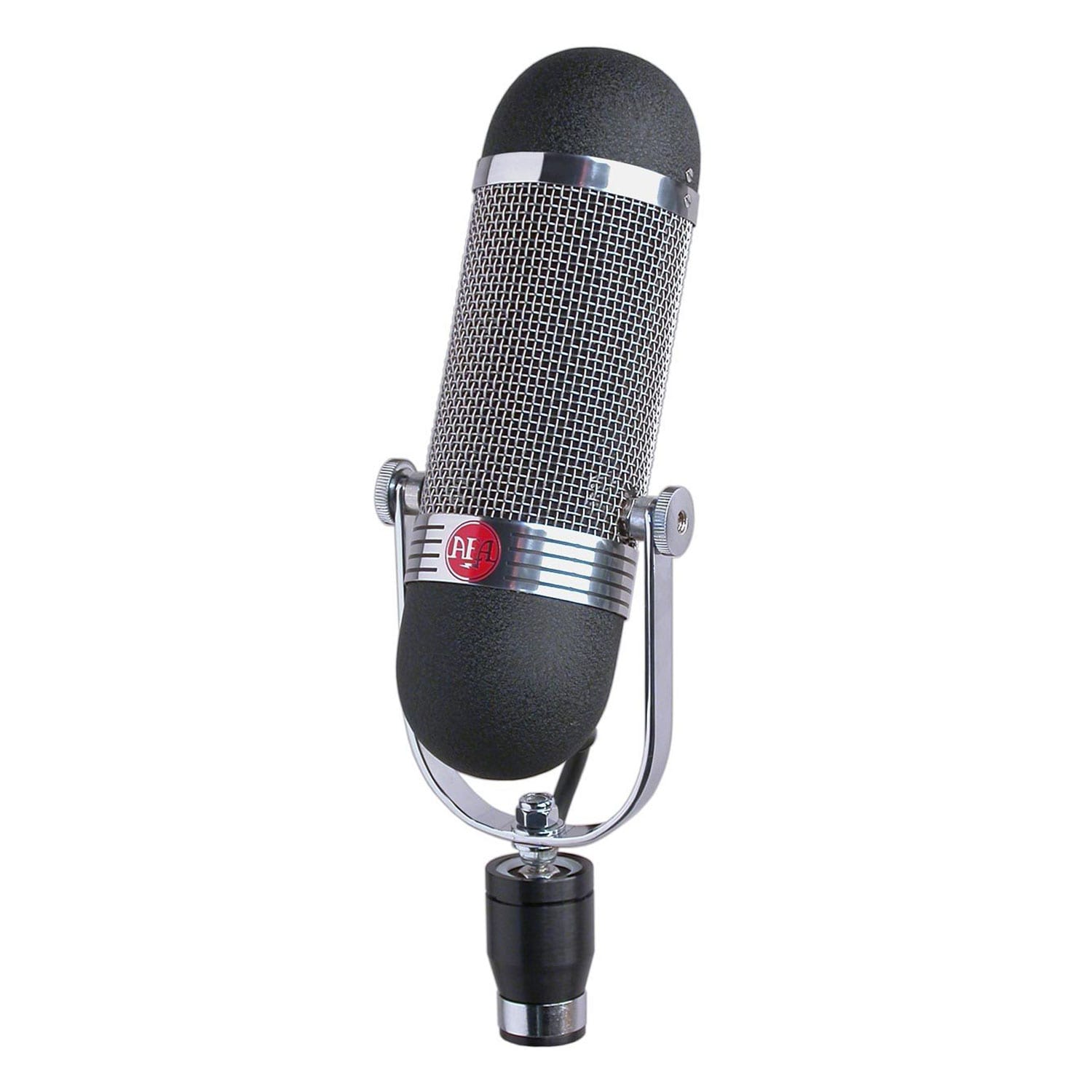

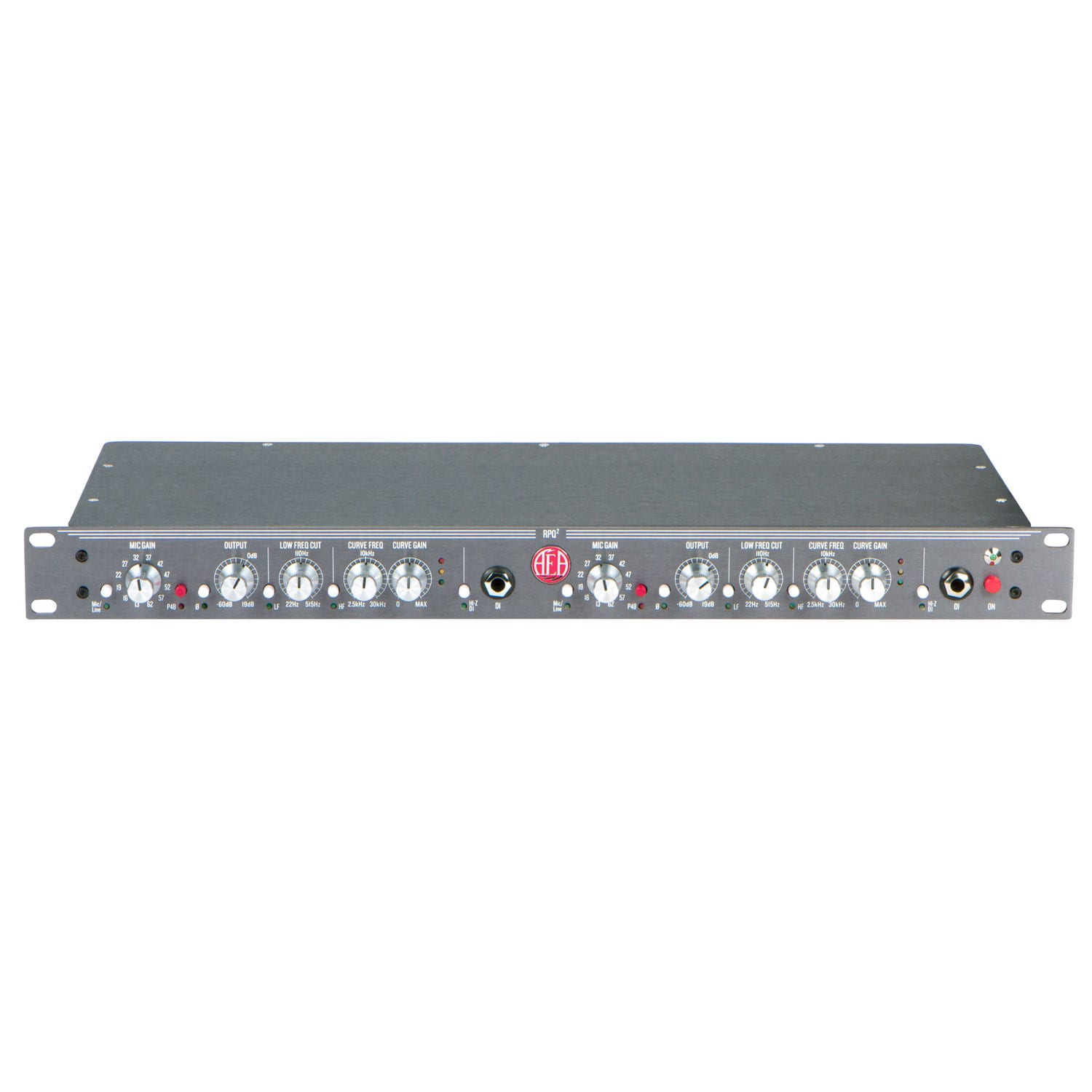

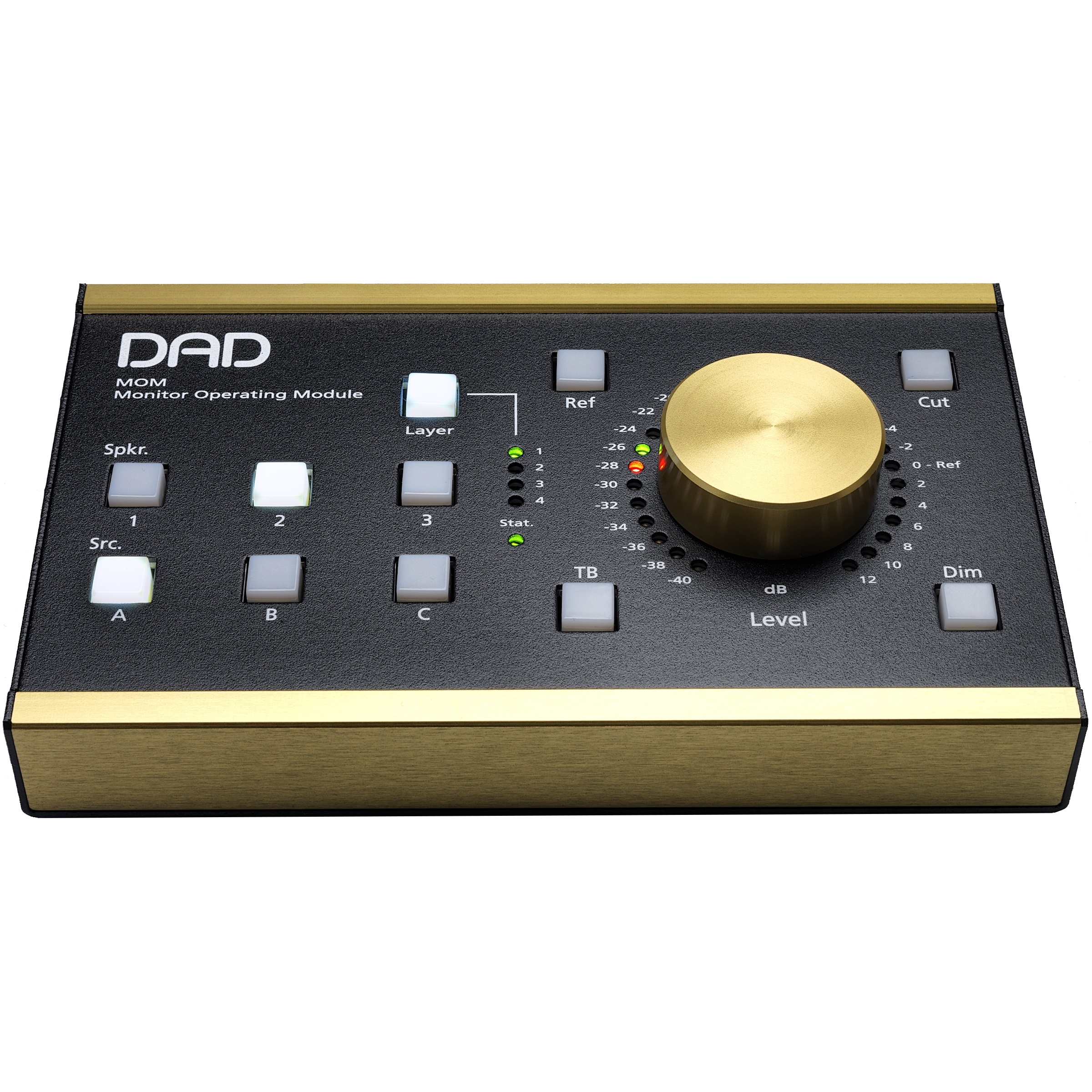
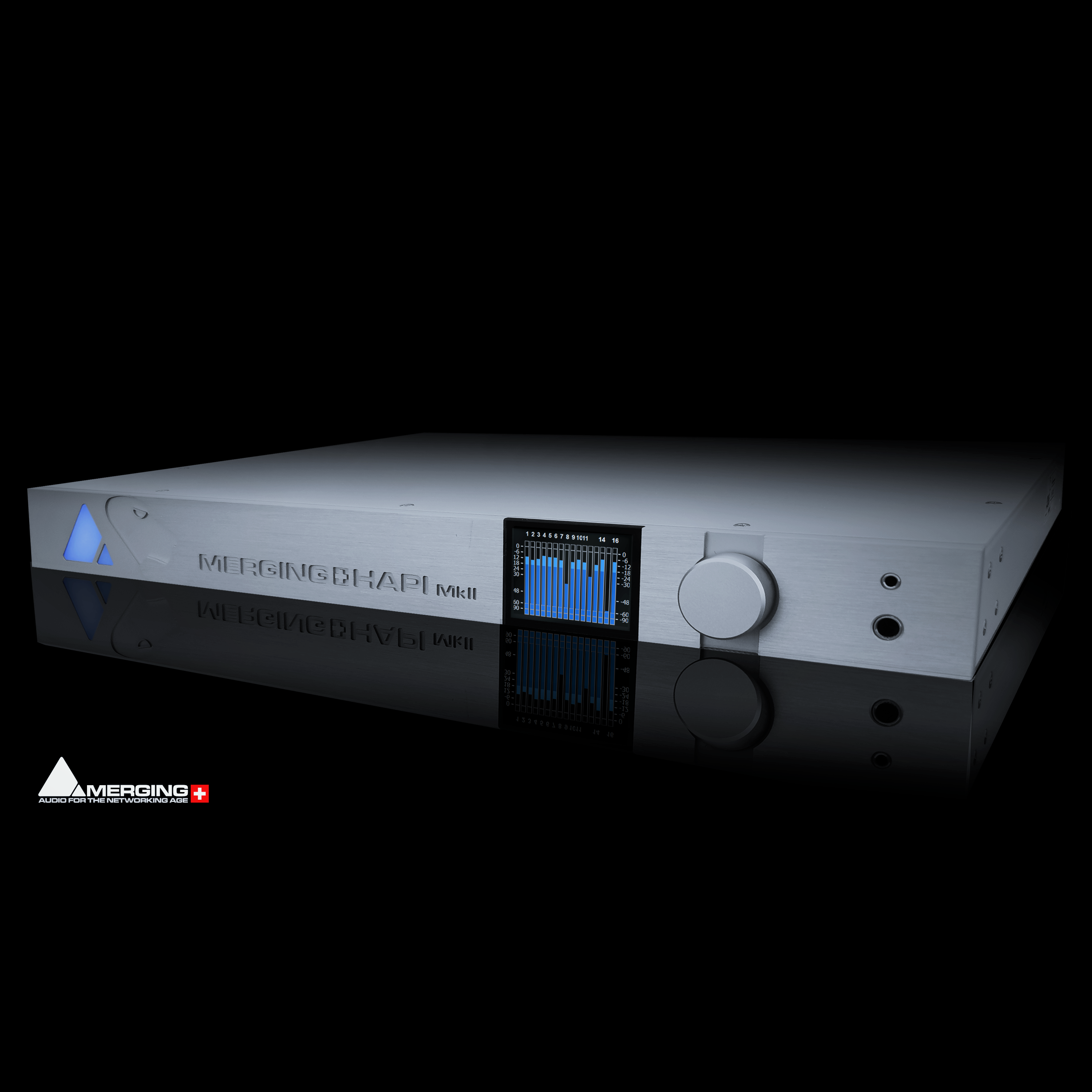

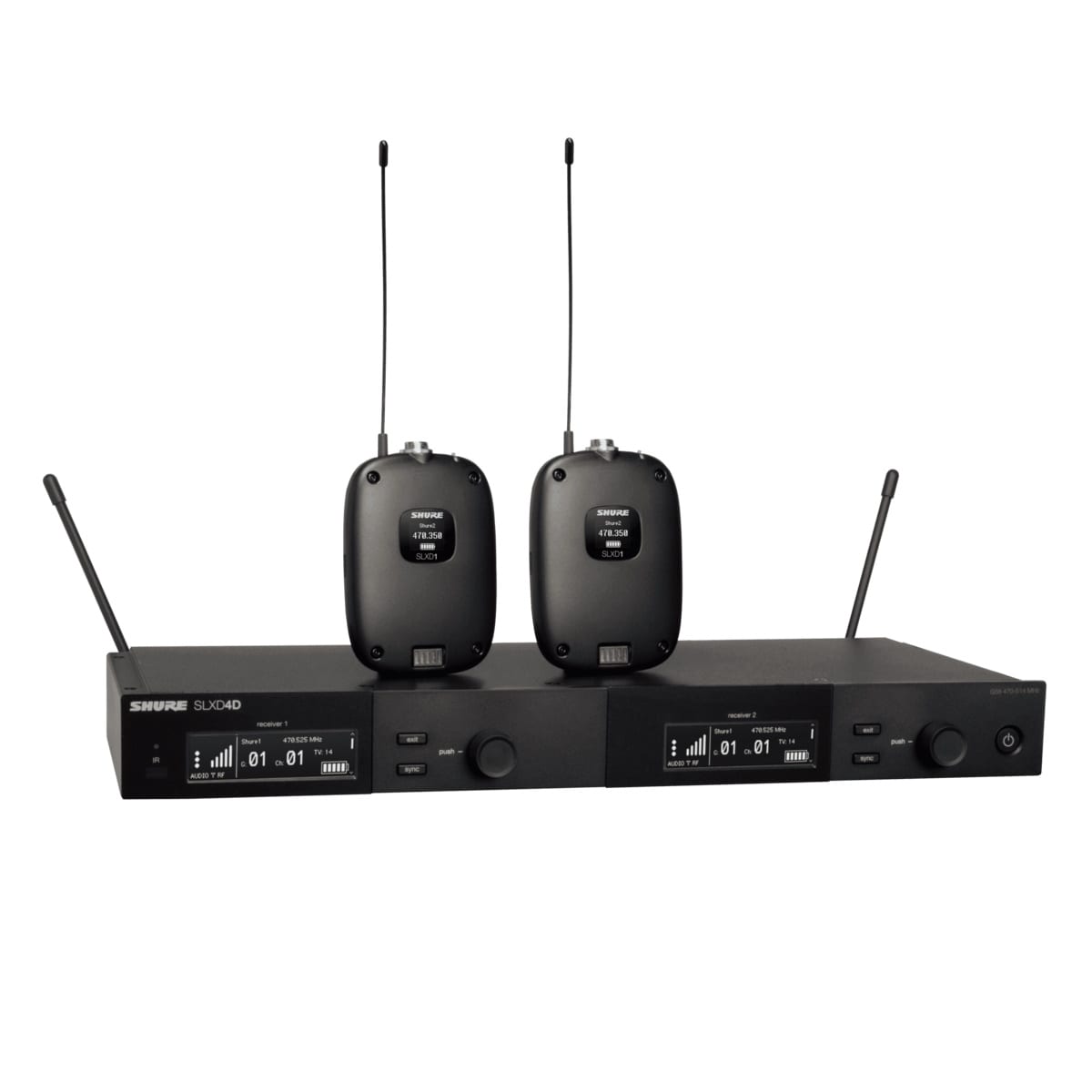
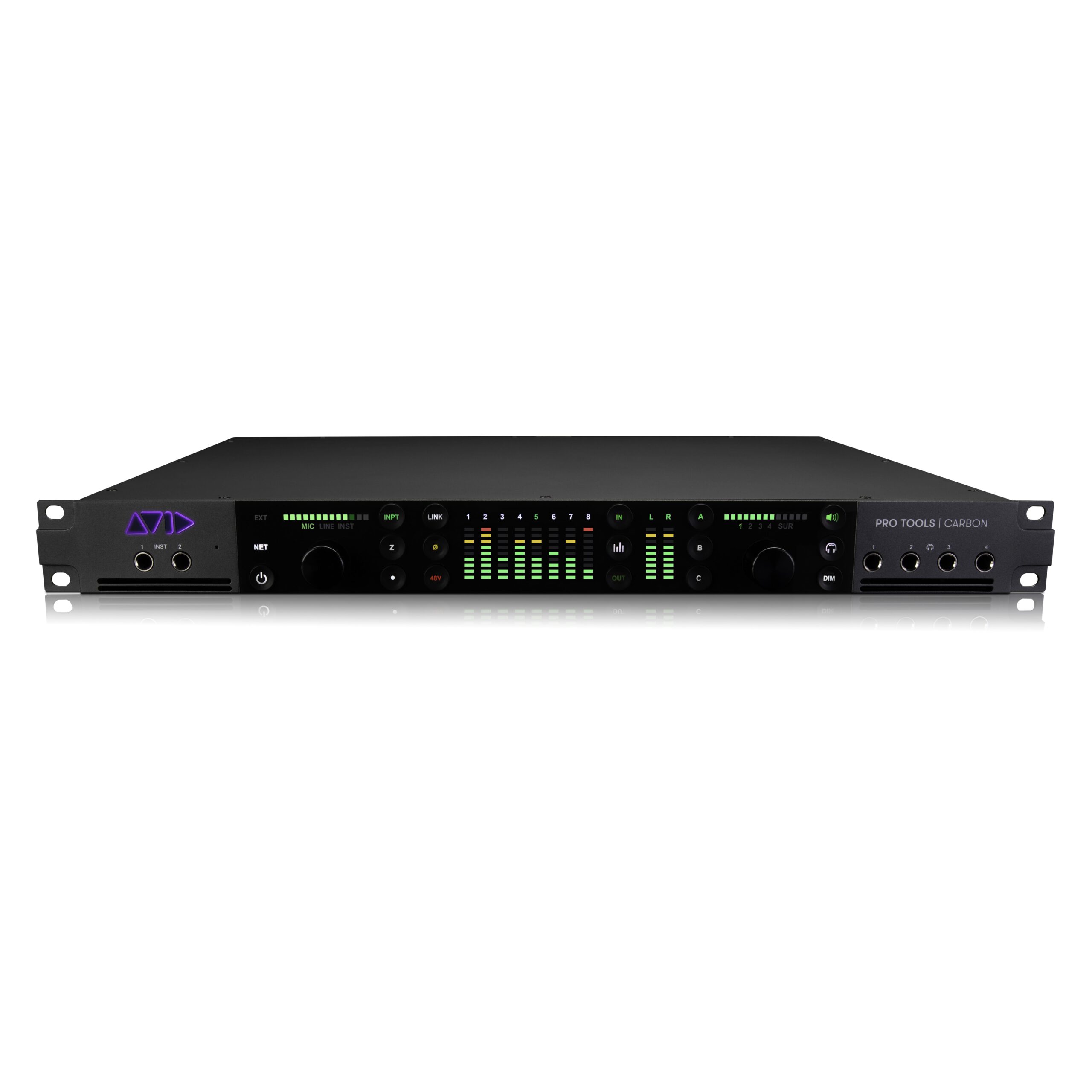
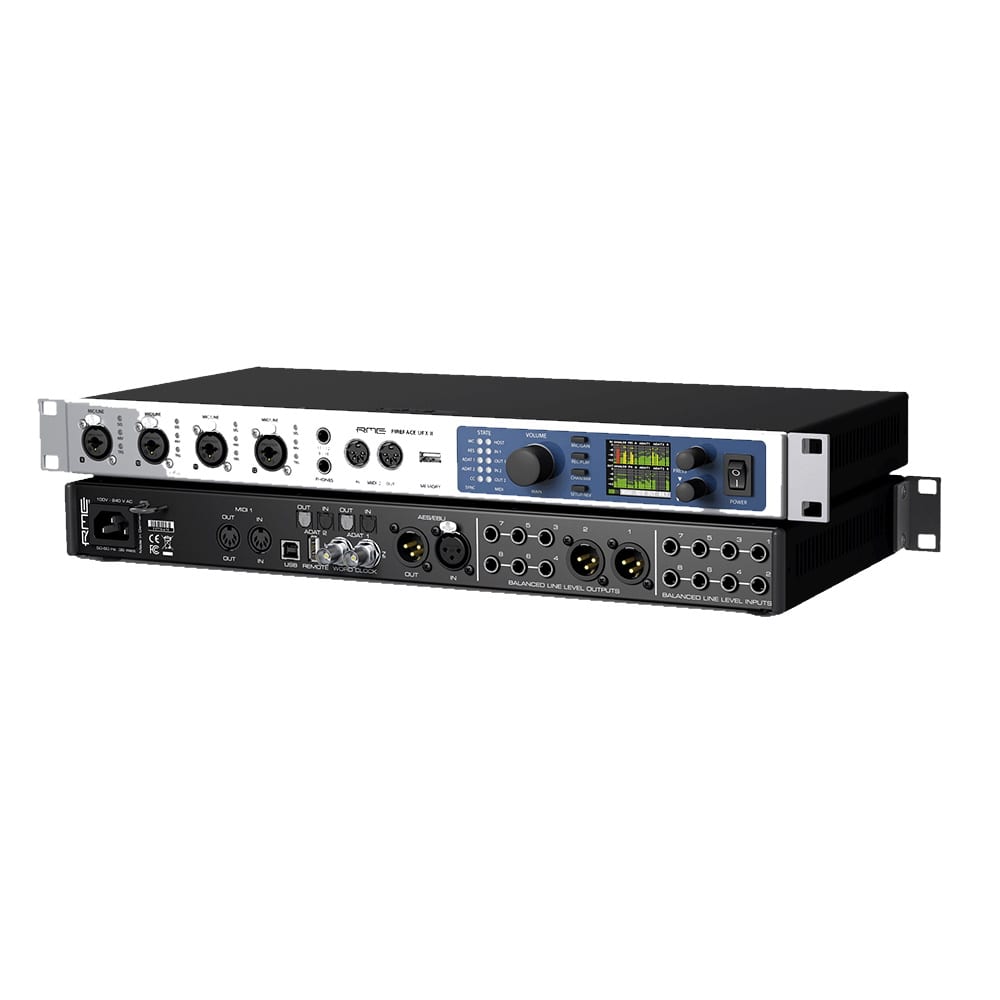
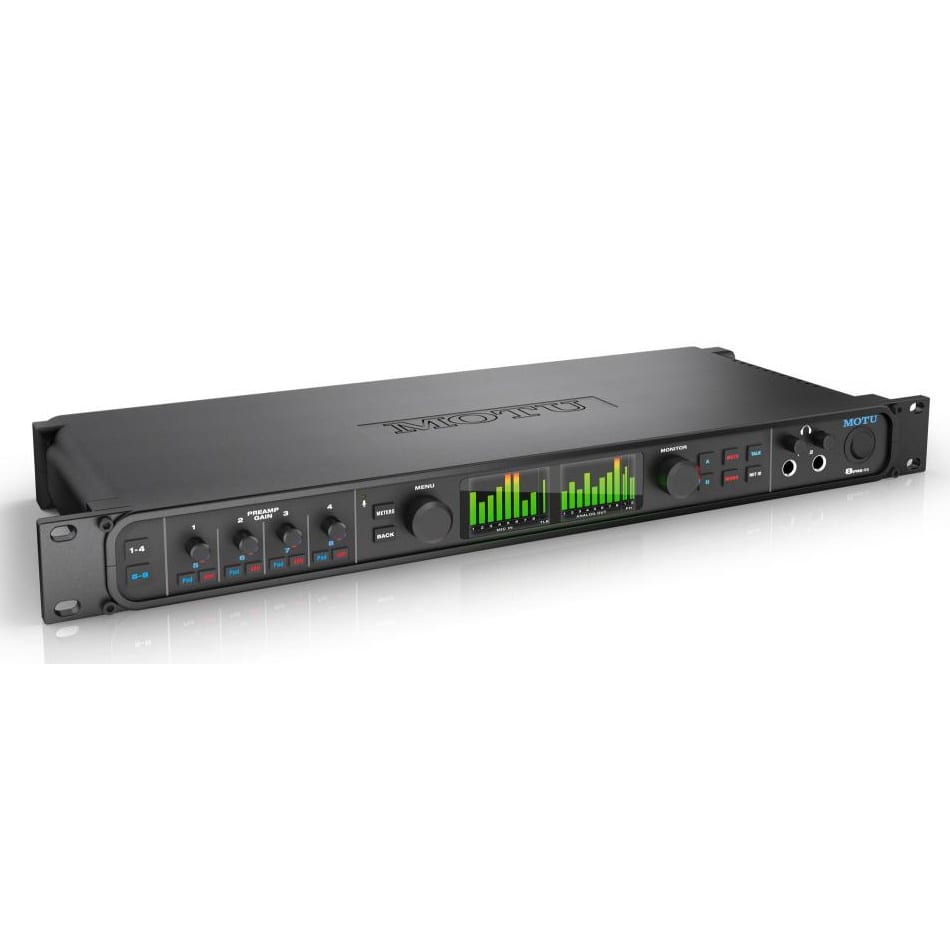
Reviews
There are no reviews yet.